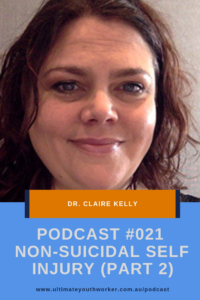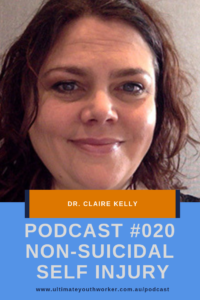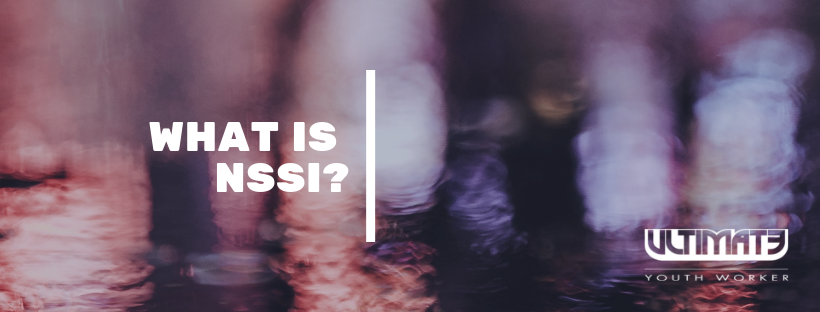
I have a story for you to set the scene.
I was working in a residential home on a night shift, there was myself and one other staff in the home with four young people aged between 5 and 16. One of the young people, a female aged 12, had just returned home after being missing for about a week. This particular young person has a history of methamphetamine misuse, depression, sexual exploitation and intentionally harming themselves. Immediately we were on high alert to her state of mind and presentation, offering comfort and making sure she was in a good headspace. Unfortunately, the young person looked physically depleted and was showing signs of instability.
After a brief conversation with the staff she went to the shower and asked to be left alone, something which in normal circumstances would have been a reasonable request. However, I was uncomfortable with how our initial conversations had unfolded and was on high alert. I consulted with the other staff member (who was female) and expressed my concerns. The other staff member did not share the same sense of urgency with regards to my concerns. I took it upon myself to go to the bathroom door and ask how the young person was doing. She did not respond so I told her I was concerned about her and that she should come out and talk some more, by this point the other staff member had arrived to help. A minute or two later, after being told to “fuck off” several times, the door swung open and the young person pushed past us revealing both herself and the bathroom covered in blood. This was my first brush with NSSI.
What is NSSI?
I can almost guarantee you that at some point in your career you have heard someone talk about “self harm”. If you are like myself or a lot of other youth workers, you would have even had to manage a situation where a young person has intentionally harmed themselves. This is otherwise known as “non-suicidal self injury”.
Non-suicidal self injury (NSSI) refers to the direct, deliberate destruction of ones own body tissue in the absence of intent to die.
Whilst the person may not have the intention of killing themselves, the issue should still be approached seriously and an appropriate care plan should be put in place to support them and minimise further harm. But before we tackle the topic of how to support someone who is self injuring, let’s begin with some of the methods used to self injure.
One of the most common methods for NSSI is the use of objects to cut the skin, such as; razor blades, glass, knives and almost any sharp object that can be found to cause harm. Other common methods people use are scratching, deliberately hitting body parts on hard surfaces and punching, hitting or slapping themselves. Less common methods include biting and burning.
Here are a few facts about NSSI from Mental Health First-Aid Australia.
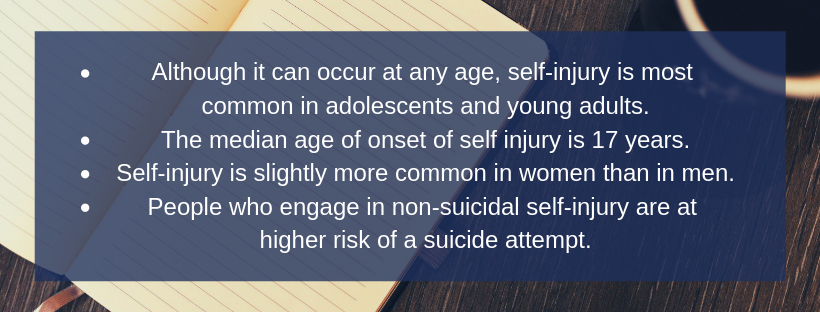
So why do people engage in NSSI?
There are a myriad of reasons but from my own personal experience working with young people the most common reason they tell me is that it’s the only thing they feel they have control over. As I mostly work with young people in out-of-home care, this makes a lot of sense. Other reasons include;
- Attempting to manage painful feelings
- They feel the need to punish themselves
- To communicate with others
How do I help someone engaging in NSSI?
Firstly you have to assess if someone may be harming themselves. This might include noticing blood on their clothing, they might be wearing long clothing in warm weather or they may be using medical supplies faster than usual. If you suspect there is an issue then ask them directly, also ask about suicidal thoughts but be sure to not express any disgust or threaten punishment as this can cause further damage.
Next you want to assist them in whatever way you can can. If you have immediate concerns for their safety then you might need to offer first aid or even call an ambulance. If the concerns don’t require medical attention, we can continue to offer support in other ways.
In the Youth Mental Health First Aid course you will learn the following acronym that will help you support someone who is engaging in NSSI. The acronym is ALGEE.
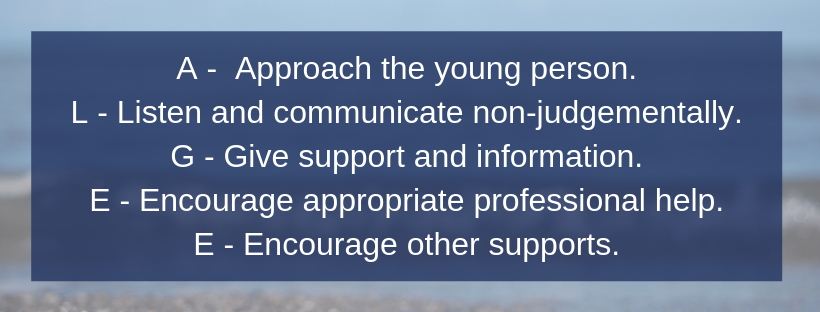
Using these steps as a guide, it is important to choose the right time and place to approach a young person about your concerns. When listening, be conscious of your body language and tone and try to be non-judgmental. Arm yourself with knowledge about appropriate support networks that they can tap in to to help minimise future risk. This could include family or even the kids helpline. When encouraging professional support, consider how you can help to facilitate this and what else you could do if they refused. If they do refuse professional help you could encourage self-help methods such as meditation.
Where can I learn more?
If you wish to further your understanding of NSSI we would highly recommend attending a Youth Mental Health First Aid course with Ultimate Youth Worker. In this course we cover the content above a lot deeper plus a range of other mental health issues experienced by young people. I took this course myself last year and it has given me invaluable knowledge and resources to take with me on my youth work journey.
Thank you for taking the time to read about NSSI, please post any questions or comments you may have below or on our social media platforms.
Further Resources
Non-Suicidal Self Injury with Dr. Claire Kelly (Part 1)
Non-Suicidal Self Injury with Dr. Claire Kelly (Part 2)

Jessy is the Community Engagement Coordinator at Ultimate Youth Worker. Jessy has been working as a youth worker since 2014 in a variety of different roles. His passion for youth work began whilst volunteering on a YMCA program for young indigenous leaders, after being inspired by the strength and passion of the young people on this program he immediately began his studies at Chisholm Institute of TAFE where he completed a Diploma of Youth Work. Since then, Jessy has expanded his knowledge and skills in the field by working in residential care facilities, being part of an Australian first evidence based foster care program (TFCO) and partaking in various trainings in youth mental health and other relevant areas to his work.
Jessy currently lives in Melbourne but is about to embark on the journey of a lifetime and drive around Australia in a four wheel drive with his partner. He plans to work along the way and explore the different opportunities available for youth workers in Australia. Jessy has dreams to one day start his own organisation dedicated to developing the next generation of socially engaged and passionate young people.
More Posts
Follow Me:

